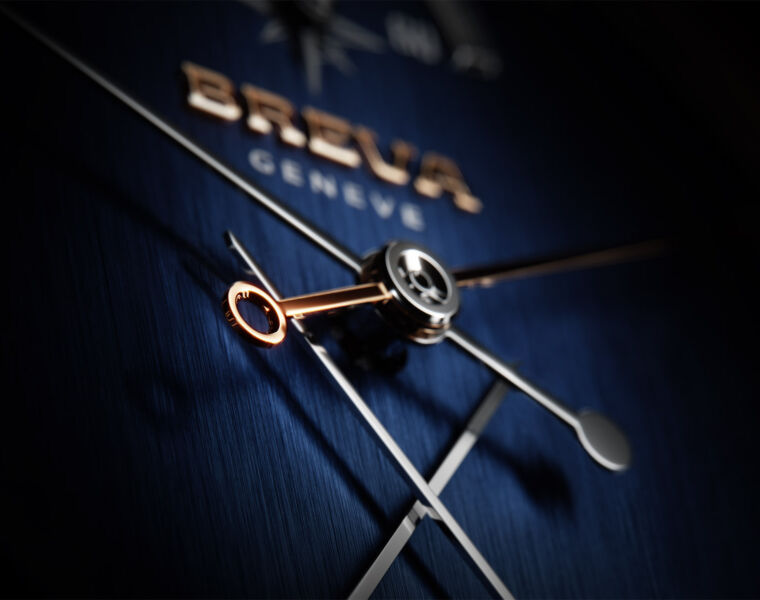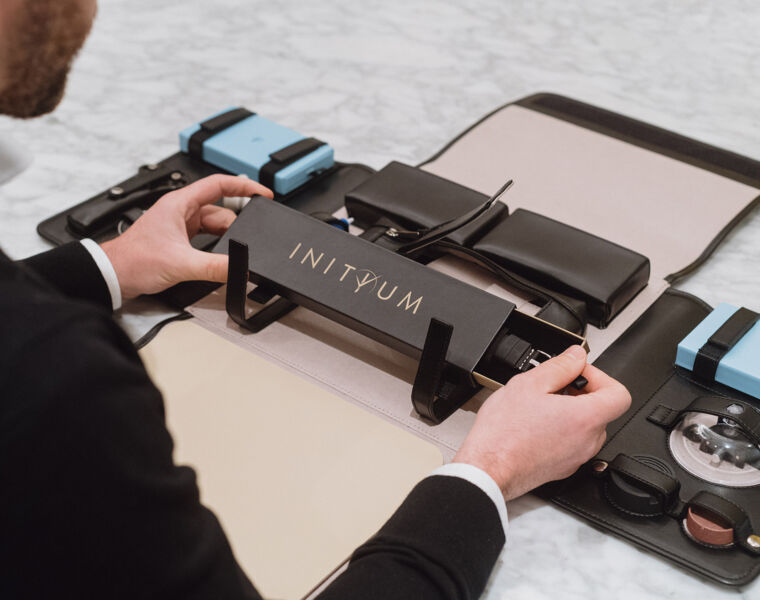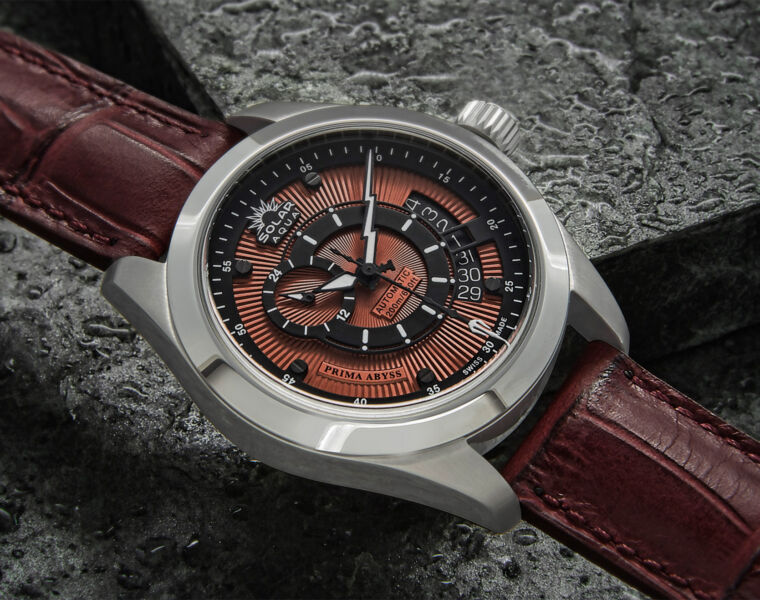
Junghans and cars enjoy a close connection dating back over 100 years. Inspired by this, the Meister Driver Chronoscope combines the charm of classic cars with a passion for mechanical timepieces
Arthur Junghans had an enduring influence on the relationship between German watch manufacturer Junghans and the automobile.
 Having ordered one of the first Daimler test vehicles in 1892, 1895 saw the son of company founder Erhard Junghans acquire a second automobile: a four-seater Motor-Viktoriawagen. To enable the use of a steering wheel in the car the Schramberg businessman had to produce the worm gear steering himself. At the beginning of the 20th-century, the first laws were passed regulating speed in built-up areas, increasing the significance of clocks in automobiles. As a consequence in 1908 Junghans produced its first car clocks. These not only aided the time orientation of the driver, they were also a form of tachometer: using the time taken to travel a known distance it was possible to determine the speed at which it was covered – making the car clock a key instrument for drivers.
Having ordered one of the first Daimler test vehicles in 1892, 1895 saw the son of company founder Erhard Junghans acquire a second automobile: a four-seater Motor-Viktoriawagen. To enable the use of a steering wheel in the car the Schramberg businessman had to produce the worm gear steering himself. At the beginning of the 20th-century, the first laws were passed regulating speed in built-up areas, increasing the significance of clocks in automobiles. As a consequence in 1908 Junghans produced its first car clocks. These not only aided the time orientation of the driver, they were also a form of tachometer: using the time taken to travel a known distance it was possible to determine the speed at which it was covered – making the car clock a key instrument for drivers.
From Arthur Junghans to Dr. Hans-Jochem and Hannes Steim, present-day owners of the German watch manufacturer Junghans, the passion for automobiles remains undimmed.The
 The Steim car collection in Schramberg comprises vehicles representing a cross-section from 110 years of automobile history. Classic Maybachs from the 1930s and Mercedes models from the 1950s have served as inspiration for the new timepieces.
The Steim car collection in Schramberg comprises vehicles representing a cross-section from 110 years of automobile history. Classic Maybachs from the 1930s and Mercedes models from the 1950s have served as inspiration for the new timepieces.
The new Meister Driver Chronoscope incorporates design elements of these classic cars in its appearance. The dial resembles a speedometer, evoking the charm of the instruments found in vehicles of times gone by. The large minute and hour markers are based on the speed indicators of cars, lending the timepiece a distinctive character, further accentuated by a nostalgically-styled minute-track. The classic car flair is also underscored by colour-contrast zones and the two totalisers in bi-compax arrangement, set into the dial in the bowl-shaped form typical of the Meister range. The stopwatch function of the mechanical movement enables the driver to measure his own time precisely, not just in the hourglass class of classic car rallies, where only mechanical timekeeping is permitted.
Whether it is with a stainless steel bracelet or leather strap featuring the perforation typical of car seats, it is not just car enthusiasts that are fascinated by the Meister Driver Chronoscope.

Meister Driver Chronoscope Specifications
- Movement: J880.3 self-winding movement with small second at 3 o’clock With bi–compax display (totalisers at 3 and 9 o’clock). Modular Dubois Depraz 2030 with ETA 2892-2 basic calibre
- Chronoscope: Central stop second, 30-minute counter at 9 o’clock
- Finishing: Rhodium plating, blued screws, engraved Junghans logo on rotor, stipe finishing on rotor, decor on bridge
- Case: Stainless steel Ø 40.8, height 12.6 mm, domed hard plexiglass
- Dial/hands: Polished lacquer dial with “sunburst” effect finish, dial markings and hands with environmentally-friendly Super Luminova luminous substance
- Strap: Calfskin strap with perforated underlayer or stainless steel bracelet with folding clasp
- Water resistance: Up to 3 bar





You must be logged in to post a comment.